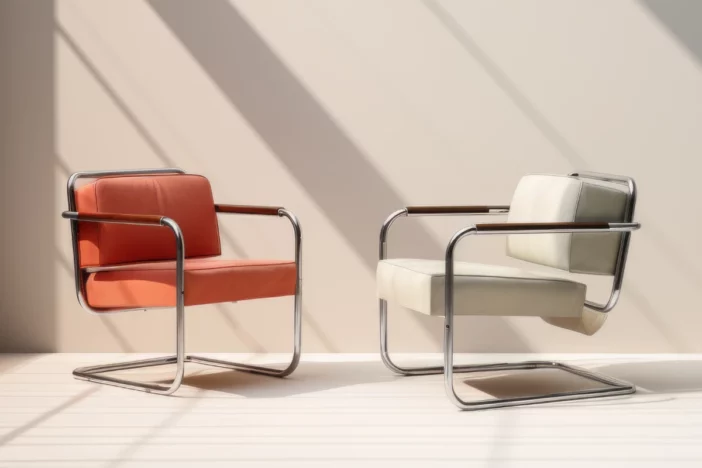
The second section of our in-depth glossary reviews styles that range from relaxed rural looks to formal sophisticated aesthetics.
Baroque
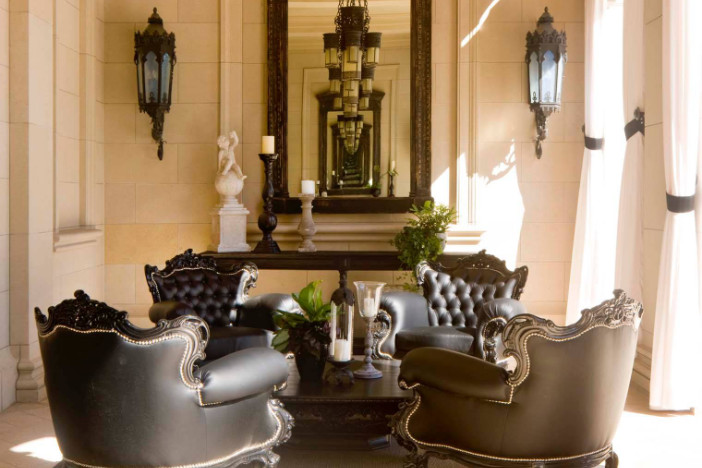
Baroque interior design is known for its dramatic sense of grandeur. It features richly detailed furnishings, elaborate ornamentation and a strong focus on symmetry and form. Originating in 17th-century Europe, this style was created to impress. The aesthetic uses bold visual elements and luxurious materials to convey power and opulence.
Furniture is often oversized and heavily adorned. Pieces feature carved scrolls, twisted columns, gilded accents and curved forms that suggest movement and drama. Common materials include dark woods like walnut and ebony, paired with marble, granite and gold leaf for an extravagant finish. Decorative motifs such as shells, garlands, acanthus leaves and cherubs appear in everything from furniture carvings to ceiling moldings.
The color palette is equally lavish, favoring rich tones like burgundy, deep green, royal blue and gold. Textures are layered and plush. Examples include velvet drapery, silk upholstery and damask wallpaper. Iconic pieces include cassoni (marriage chests) with painted or inlaid panels and high-backed chairs with ornately carved frames.
Lighting in Baroque interiors adds to the sense of drama. Iron lanterns line hallways, while candelabras and wall sconces made from brass, pewter or wood create a warm, flickering glow. Grand chandeliers often serve as centerpieces in formal rooms.
Renowned designers and artists such as Gian Lorenzo Bernini and Andre-Charles Boulle helped define the Baroque aesthetic. They influenced everything from furniture design to architectural interiors. Baroque style is ideal for those who love historical elegance, visual drama and timeless extravagance.
Bauhaus
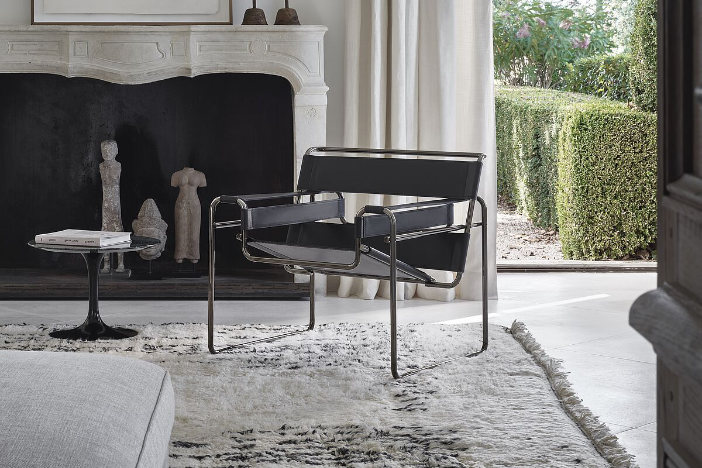
Bauhaus design was founded in Germany in 1919. It’s known for its commitment to function, simplicity and the integration of art, science and technology. Much like modern design, it favors clean lines and geometric forms. However, it has a sharper focus on usability and mass production. The style avoids unnecessary ornamentation. Instead, it relies on proportion, clarity and precision to create visually balanced, highly functional interiors.
Materials are industrial yet refined, including tubular steel, glass, leather and laminated wood. Textures are smooth and surfaces are often left unembellished to highlight the integrity of the materials. The color palette tends to be neutral. Black, white, gray and beige are punctuated by bold primary colors used in strategic accents.
Furniture is designed with adaptability in mind. Many pieces fold, stack or adjust to suit a user’s needs. This trait makes Bauhaus ideal for efficient, space-conscious living [Droste 2002]. Famous designs include Marcel Breuer’s Wassily Chair and Wilhelm Wagenfeld’s Bauhaus Lamp. The latter is a simple glass and metal table lamp that captures the style’s essence. Light fixtures are often built in or streamlined to preserve the sleek, open feeling of a space. Under-cabinet lighting and task lamps serve both form and function.
Designers such as Walter Gropius, Herbert Bayer and Marianne Brandt played key roles in shaping the movement. Bauhaus remains influential for its honest use of materials, human-centered design and timeless visual logic.
Beach House
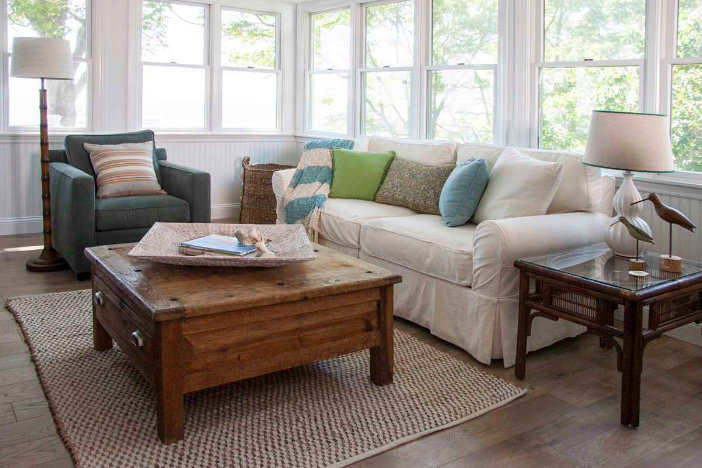
Beach House design captures the relaxed charm of coastal living with interiors that feel breezy, casual and connected to nature. The style emphasizes light, open spaces filled with natural textures and sun-washed colors that mirror the sea and sky. Common hues include soft whites, sandy beiges and sky blues. They’re often accented with playful touches of coral, sea foam or turquoise for added warmth and personality.
Materials are chosen for their coastal durability and organic beauty. Wicker, rattan and reclaimed or whitewashed wood are staples in furniture. Pieces often features clean lines and simple silhouettes. Upholstery tends to be lightweight and breathable. Cotton, linen and canvas are popular choices that enhance the fresh, airy vibe. Slipcovered sofas and distressed wood dining tables are common anchor pieces in beach house interiors.
Texture plays a key role through layering. Frequently used items include jute rugs, seagrass baskets and driftwood accents. Light fixtures often have nautical or rustic designs. They may have rope-wrapped bases, weathered metal lanterns, or shapes like buoys, oars or shells. Decorative touches may include sea glass, coral, glass floats or vintage coastal artwork.
While the style leans more casual than designer-driven, tastemakers like Barbara Barry and Alexa Hampton have brought sophisticated interpretations of coastal decor to the mainstream. Beach House design is perfect for those seeking a laid-back atmosphere with a clean, natural look inspired by sand, surf and sun.
Bohemian
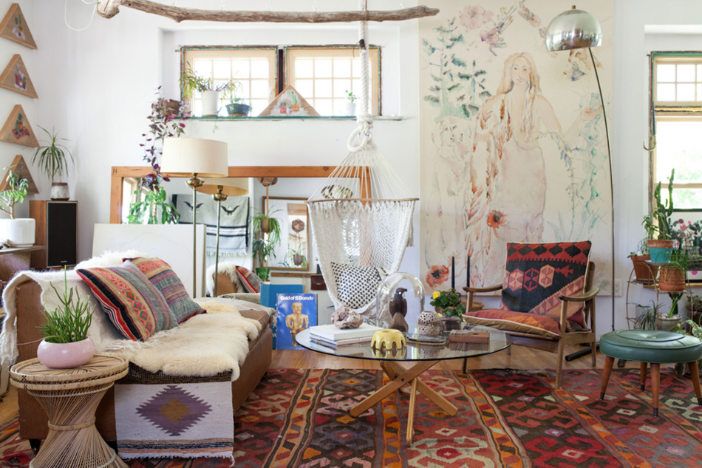
Bohemian design (often called boho chic) is all about freedom of expression. The aesthetic blends global influences, vibrant colors and an eclectic mix of textures. It’s rooted in the carefree spirit of artists, travelers and nomads. Bohemian style embraces imperfection, layering and individuality over strict rules or symmetry. It thrives on creativity and comfort, creating a warm, lived-in feel that’s both relaxed and visually stimulating.
Color is bold and abundant. Jewel tones like deep purple, ruby red, saffron yellow and fuchsia are layered with earthy neutrals to ground the palette. Textures are rich and varied with a focus on natural and handmade materials. Macrame, fringe, embroidery, rattan, velvet and worn leather often appear together in the same room. Patterns are equally diverse, including Moroccan tile prints, Indian block prints and vintage florals.
Furniture is a playful mix of eras and origins. A mid-century sofa might sit beside a hand-carved wooden chest, a fringed pouf or a vintage peacock chair. Nothing needs to match. What matters is the story each piece tells. Iconic items include the Butterfly chair and peacock chair, both symbols of casual bohemian style.
Lighting adds drama and charm, from beaded or fringed table lamps to Moroccan-style lanterns and crystal-draped chandeliers. Designers like Justina Blakeney have helped bring Bohemian design into modern interiors. They combine artistic expression with cozy, collected style. The result is a space that feels worldly, colorful and uniquely personal.
Brazilian
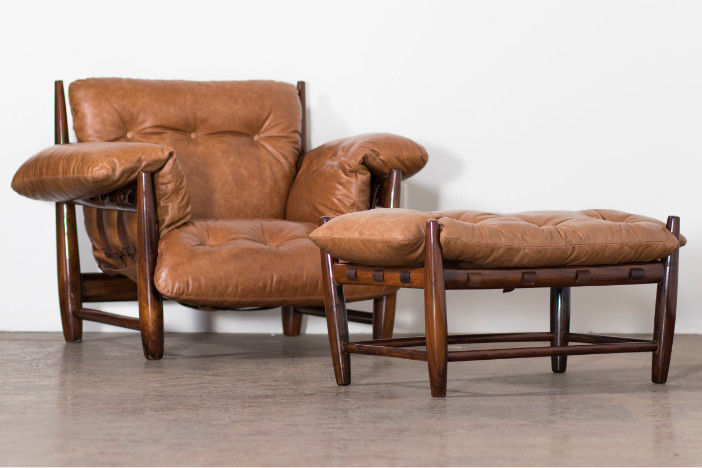
Brazilian style is all about creating a welcoming and natural vibe while connecting with the outdoors. It really took off in the mid-1900s as a relaxed and expressive alternative to the stiff lines of Bauhaus and Mid-Century Modern. This design approach mixes skilled craftsmanship with a bit of organic imperfection, resulting in spaces that feel both classy and cozy.
In Brazilian decor, you’ll see rich tropical woods like jacaranda, peroba,and imbuia, plus materials like bamboo, cane and soft leather. Floors are often made of concrete or wide wooden planks that can be stained, varnished or whitewashed. The furniture usually has rounded shapes, low profiles and generous sizes. Cushioned seating with strong wooden frames showcases the beautiful natural wood grain.
Color schemes in Brazilian design find a nice balance between fresh white or neutral walls and vibrant textiles that go well with warm wood tones. Expect to see botanical prints, lush greens and lots of indoor plants bringing the beauty of Brazil right into your home. Decorative touches like terracotta pots, woven baskets, rustic mirrors and flowing chiffon curtains add softness and texture to the space.
Some standout Brazilian furniture pieces include Sergio Rodrigues’ Mole Chair a.k.a. Poltrona Moleca), Paulo Mendes’ Paulistano Armchair and Joaquim Tenreiro’s 3-Legged Chair. These iconic designs highlight the country’s talent for blending modern looks with natural materials and cultural depth.
British Colonial
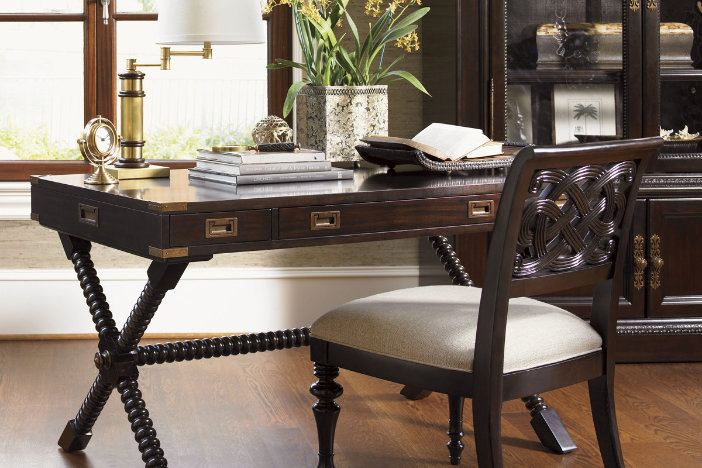
British Colonial design mixes the refined elegance of British style with the laid-back vibe of tropical settings. This look started in the 18th and 19th centuries in places like the West Indies, India and Africa. It blends European structure with local craftsmanship and materials.
You’ll often see rich, dark woods like mahogany, teak and ebony in this style. The furniture usually has classic shapes, featuring turned legs, caned panels and graceful curves. Pieces also integrate lighter materials like rattan, wicker or woven seagrass. Travel trunks with leather and brass hardware are a common sight. They serve as both practical storage and decorative pieces, reflecting the nomadic lifestyle of colonial times.
The color scheme sticks to natural tones, with shades like ivory, beige, taupe and warm browns to balance the heat of tropical climates. Sheer white cotton or linen is popular for curtains and bedding, giving the space a light, airy feel. Adding indoor plants like ferns and palms helps bring a bit of nature inside and softens the more formal aspects of the design.
Texture is very important to this aesthetic. Smooth wood, handwoven fabrics and organic surfaces create a cozy, layered vibe. Iconic lighting options, such as bell jar lanterns and ceiling fans with wooden blades, not only keep things cool but also add that colonial charm.
Designers like Thomas Chippendale played a big role in shaping the furniture of this time, with pieces that were often adapted by local artisans. British Colonial interiors give off a timeless, gathered-over-time feel. They’re relaxed yet refined, worldly yet approachable.
Carolean
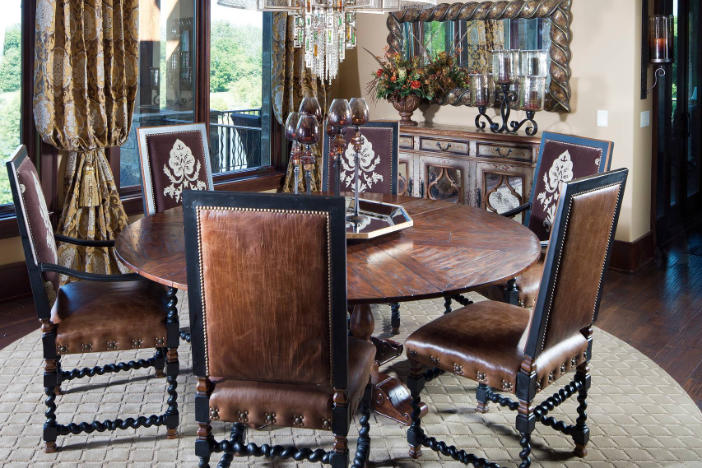
The Carolean aesthetic, also known as Restoration style, arose in England during the reign of Charles II (1660–1685). It reflects a turn towards extravagance after the more restrained Cromwell era. This style mixes English craftsmanship with touches from Continental styles, especially French and Dutch Baroque.
Furniture from this time is elegant and richly detailed, featuring intricate carvings of fruits, flowers and fancy scrollwork. You’ll see high-backed chairs, legs shaped like balusters and curved arms. Walnut is the go-to wood, loved for its warm color and beautiful grain. Techniques like veneering, especially marquetry, really amp up the visual appeal with contrasting inlays.
Brass hardware, like cabinet pulls, hinges and doorknobs, adds a nice golden touch that pairs well with the darker woods. Upholstery is usually in rich velvet or damask, often in deep reds, greens and golds, giving a lush, royal feel. Gilded and lacquered finishes are popular on decorative pieces.
Lighting is all about sophistication and drama. Chandeliers and wall sconces mimic candlelight with their detailed metalwork. Table lamps, which are a more modern addition, often come with fabric shades in silk or velvet, trimmed with fringe or tassels to fit the era perfectly.
While not many individual designers are linked directly to this period, furniture makers like Thomas Roberts and Gerrit Jensen played a big role in shaping the distinctive look of this style. Carolean interiors feel both grand and welcoming, balancing dramatic details with formal comfort.
Chinese

Chinese design is rooted in balance, harmony and a deep respect for nature, tradition and symbolism. It blends refined craftsmanship with philosophical principles like Feng Shui. Furniture and decor placement are meant to encourage positive energy and flow throughout a space.
Color plays a symbolic role. For example, red for luck, gold for wealth, black for protection and brown for stability. These tones often appear in bold, contrasting combinations. Materials such as rosewood, elm and bamboo are common. They’re prized for their strength and natural grain. Rich textures are introduced through silk screens, carved wood panels and lacquered finishes.
Furniture pieces like yoke-back chairs, kang tables and antique Chinese cabinets are iconic. They’re often decorated with hand-painted dragons, mountains, birds and floral motifs. Detailed joinery, symmetry and curved silhouettes define Chinese form. Lacquer, originally reserved for imperial courts, adds a deep gloss and a sense of luxury. Mother of pearl inlay remains a sought-after detail, especially in smaller accent pieces and paneling.
Lighting ranges from traditional paper lanterns to more ornate pendants and chandeliers that nod to imperial grandeur. Handcrafted screens and decorative porcelain further anchor the style, which encourages uncluttered but intentional spaces.
While the style itself is centuries old, designers like Lu Qianshou and craftsmen of the Qing and Ming dynasties left a lasting mark, influencing both historical and modern Chinese aesthetics. Chinese interiors offer a timeless sense of calm, elegance and cultural richness.
Chippendale
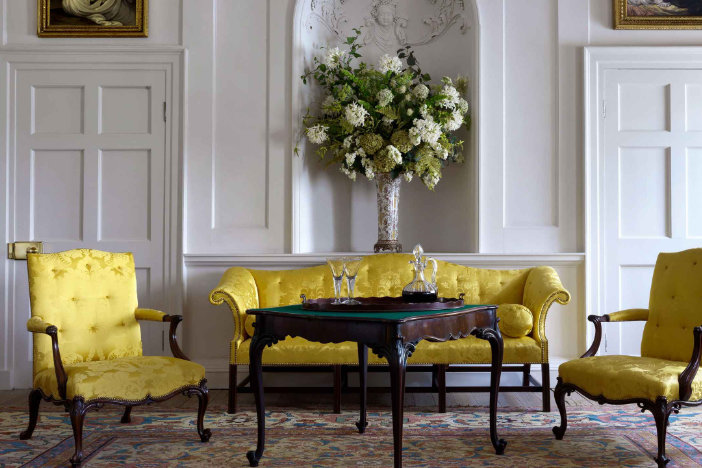
Chippendale style took shape in mid-18th century England when cabinetmaker Thomas Chippendale published The Gentleman and Cabinet Maker’s Director in 1754. His designs blended Gothic, Rococo and Chinese influences into a cohesive, refined style that emphasized symmetry, craftsmanship and elegance [Yingquan, Lei & Qi 2013ref].
Chippendale furniture is best known for its distinctive chair backs. They frequently feature pierced splats and flowing curves that echo Gothic arches or Chinese latticework. Cabriole legs, ball-and-claw feet and scrollwork are common design elements. Additionally, rich carvings and elegant proportions are a staple of the style. Mahogany was the wood of choice, valued for its strength, fine grain and ability to hold detailed carving. Other woods like walnut and cherry also appear in early pieces.
Upholstered seating often features velvet, silk or damask in understated colors, adding soft texture to the room’s formality. Interiors are grounded in warm neutrals like cream, taupe and brown, with touches of metallic gold or bronze used in hardware and lighting. Fabrics and finishes tend to be luxurious but never flashy.
Signature furniture pieces include highboy chests, camelback sofas and ribbon-back chairs. While Thomas Chippendale is the style’s namesake, later designers like Thomas Affleck and Robert Adam helped carry the tradition forward, especially in American Federal interiors.
Chippendale rooms feel stately yet comfortable with crystal chandeliers, wood paneling and symmetrical layouts contributing to their timeless, dignified appeal.
Coastal
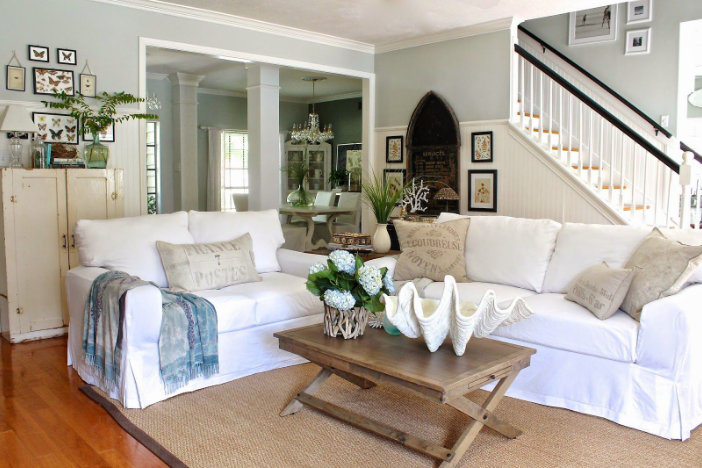
Coastal interior design channels the breezy, effortless charm of seaside living. It’s all about light, openness and a strong connection to the outdoors. The look is casual yet refined with natural textures, ocean-inspired colors and unfussy, comfortable furnishings.
The color palette is anchored in crisp whites and soft neutrals with accents of seafoam green, aqua, sand and coral. Materials lean heavily on the organic. There is plenty of weathered wood, rattan, linen and jute. Furnishings are relaxed and functional. They often include slipcovered sofas, wicker armchairs and whitewashed or distressed wood tables. Painted finishes and worn textures give pieces a sun-faded, salt-air feel.
Textures are key to this style. Expect layers of breezy linen, chunky cotton throws and sisal or seagrass rugs. Decorative touches include driftwood sculptures, sea glass vases, coral motifs and nautical rope details, used sparingly to avoid a themed look.
Light is essential in coastal spaces. Large windows, glass doors and skylights flood interiors with sunshine. Fixtures often incorporate natural elements, such as chandeliers made from sea glass, rope or bleached wood. These elements echo the surrounding landscape.
While coastal design is more about mood than individual designers, firms like Barclay Butera and Phoebe Howard are known for their sophisticated takes on the style, combining casual elegance with coastal ease. The result is a space that feels airy, grounded and effortlessly relaxed.
Commonwealth
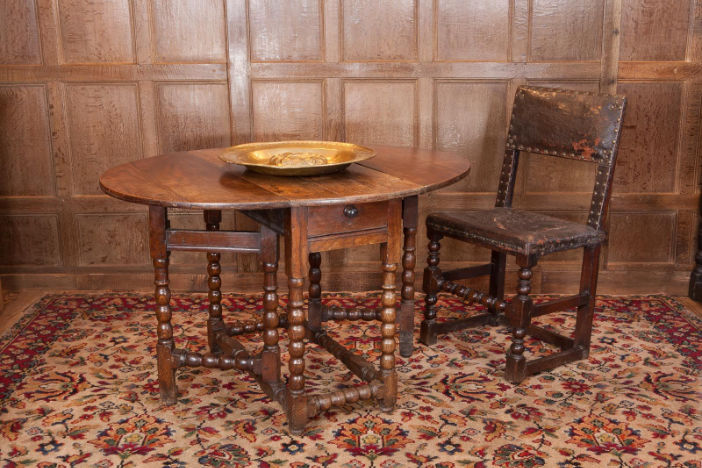
Commonwealth interior design (a.k.a. Cromwellian style) emerged in mid-17th century England during the Puritan-led Commonwealth period. It reflects the era’s restrained values, favoring function, durability and simplicity over decorative excess.
Furniture in this style is strong and straightforward, built with straight lines and little to no ornamentation. Chairs, tables and cabinets are made from solid oak or other hardwoods, often left with a dark, matte finish. Upholstery is kept minimal. Leather replaced silk and velvet for its practicality and clean look. Thick cowhide strips were stretched across chair seats and backs, fastened with visible brass tacks that added a subtle industrial edge. Seating typically had open slat or panel backs with no padding in keeping with the era’s modest ideals.
The color palette is subdued and earthy, built around deep browns, charcoal, black and muted neutrals. Textures come from raw wood grain, aged leather and hand-forged iron or brass hardware.
Lighting follows the same utilitarian approach. Fixtures are simple and geometric. Smooth metal pendants, wrought-iron lanterns or plain wall sconces that prioritize purpose over style are typically used. There’s little in the way of embellishment, just clean shapes and practical function.
While no singular designer is credited with the style, the influence of Puritan craftsmanship and traditional joinery methods defined this austere aesthetic. Commonwealth interiors offer a sense of quiet strength and stripped-back integrity, making them a timeless choice for lovers of honest, utilitarian design.
Contemporary

Contemporary interior design is often confused with modern style but it stands apart by being more fluid and of-the-moment. Where modern design is rooted in a specific era, contemporary style evolves with current trends, pulling influences from minimalism, mid-century, industrial and even traditional design.
Form is clean and unfussy. Picture low-slung sofas, crisp lines and geometric silhouettes. Furniture often features exposed legs and avoids decorative extras like tassels, skirts or trim. Upholstery is kept simple with solid-colored fabrics like cotton, wool or linen in a muted palette of black, white, taupe and gray. Pops of bold color or high-contrast accents may be used sparingly to keep things fresh.
Texture plays a key role in softening the sleekness. Layered materials like leather, boucle, matte metals and smooth wood help add dimension. Light fixtures are sculptural and understated. They’re often crafted from polished chrome, brushed nickel, frosted glass or ceramic.
Contemporary spaces are open and airy. They have minimal clutter and place an emphasis on light. Large windows, streamlined furniture and smart layouts contribute to a clean, breathable feel.
While no single designer defines contemporary style, figures like Kelly Hoppen, John Pawson and Barbara Barry are known for shaping its current direction. At its core, contemporary design is sleek, adaptable and always in sync with the present.
Cool Britannia
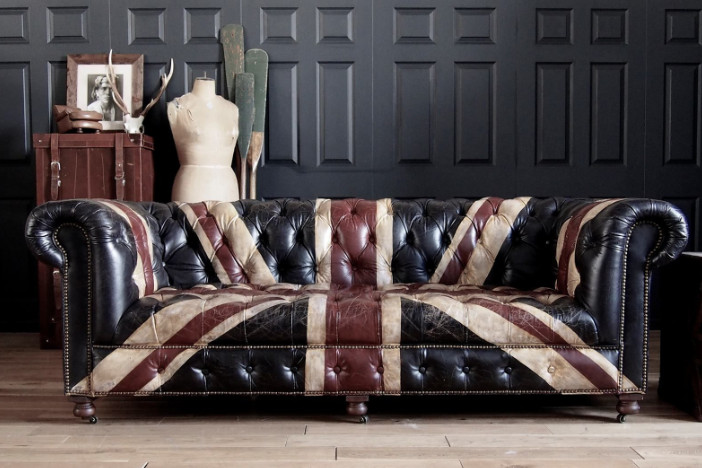
Cool Britannia interior design celebrates British culture with a cheeky, modern edge. Rising to prominence in the 1990s and inspired by the swagger of ’60s pop culture, this style blends patriotism with playfulness. Think Union Jack motifs, Britpop references and a mash-up of vintage and contemporary design.
The color palette leans into red, white and blue but often in muted or tonal shades. Brick red fireplaces, navy or denim-hued sofas and off-white or cream walls are popular. Texture plays a major role with leather sofas, distressed wood furniture, brushed metals and wool or tweed textiles grounding the space in comfort and tradition.
Furniture typically mixes eras. For example, a Chesterfield sofa might sit beneath a modernist Union Jack canvas or next to a sleek glass coffee table. Mid-century silhouettes are popular, along with industrial pieces like metal stools and warehouse-style lighting. Scatter cushions in bold prints or pop-art-inspired graphics add color and personality.
Accessories lean eclectic: framed record covers, cheeky slogans, antique clocks or vintage teacups used decoratively. Statement lighting, such as oversized pendants or colorful floor lamps, keeps things current and visually interesting.
Designers like Sir Terence Conran and brands like Habitat helped set the tone for Cool Britannia interiors by mixing British tradition with contemporary style. The overall vibe is laid-back, expressive and unmistakably British. It’swhere heritage meets humor in a way that feels both stylish and self-aware.
Cottage
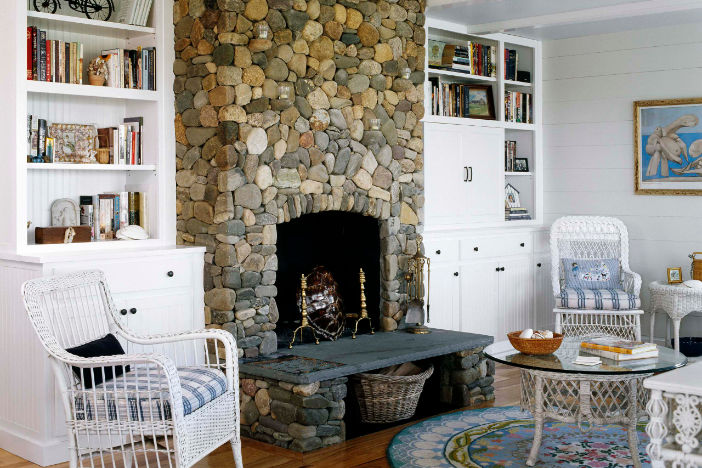
Cottage style is all about comfort, charm and unpretentious beauty. It’s a relaxed and inviting aesthetic that blends rustic character with soft, feminine touches. Imagine easygoing layouts, vintage finds and a lived-in feel that doesn’t try too hard—it’s pretty chill.
The color palette is light and soothing, featuring whites, creams and soft pastels like sage green, robin’s egg blue and blush pink, which are common tones in cottage decor. Fabrics are light and breathable, with cotton, linen and lace used for curtains, slipcovers and table linens. Floral prints, gingham patterns and faded stripes add a nostalgic, country touch.
Texture plays a key role in this style. Distressed wood furniture, painted finishes and timeworn metal fixtures contribute to a gently aged appearance. Beadboard walls, wood plank ceilings and rough-hewn flooring enhance the architectural charm and cozy warmth. Woven rugs made from natural fibers help define spaces without feeling overly formal.
Furniture pieces are casual and welcoming; overstuffed armchairs, slipcovered sofas and spindle-back dining chairs are popular choices. Iconic items like the English roll-arm sofa and vintage farmhouse tables anchor the style. Fixtures such as porcelain sinks, antique chandeliers and barn-style pendant lights reinforce the cottage feel.
Designers like Rachel Ashwell, known for her Shabby Chic approach that emphasizes beauty through imperfection, helped popularize the cottage look. Whether you’re in a countryside retreat or a city apartment, cottage design offers a calming, nostalgic escape grounded in comfort and personality.
Country
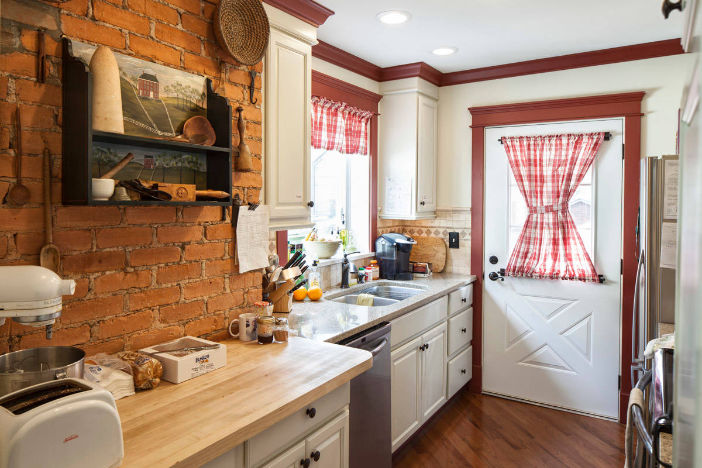
Country interior design is warm, welcoming and rooted in simplicity. While it shares a kinship with cottage style, country design leans more rustic and grounded. It often draws inspiration from farmhouse living and rural craftsmanship.
The color palette features soft, muted tones – warm whites, dusty blues, sage greens and earthy browns. Natural materials like pine, oak and maple are used throughout. Frequently, they’re used in their raw or painted forms with a distressed or timeworn finish. Furniture pieces are sturdy and straightforward, with clean lines and little embellishment. Classic farmhouse tables, ladder-back chairs and pie safes are common staples.
Patterned fabrics bring charm and personality. Floral prints, gingham, ticking stripes and large checks appear on curtains, cushions and bedding. Textiles like cotton, linen and wool keep things cozy and approachable. Woven baskets, braided rugs and quilted throws add texture and layers.
Vintage accents play a big role. Mason jars, milk cans and enamelware are often repurposed as decor. Lighting includes oil-rubbed bronze sconces, wrought iron chandeliers or copper lanterns that add warmth and an old-world feel.
While country design isn’t tied to one designer, names like Charles Faudree and Ralph Lauren have embraced its spirit in upscale interpretations. The look celebrates handcrafted beauty and timeless comfort—perfect for anyone who values authenticity and a relaxed, homey atmosphere.
Guide Sections
References
- Droste, M. (2002). Bauhaus, 1919-1933. Taschen.
- Yingquan, Z., Lei, X., & Qi, S. (2013). The Impact of Chinese Architecture on Chippendale Style Chinoiserie Furniture. Furniture & Interior Design, 1(6), 12-17.

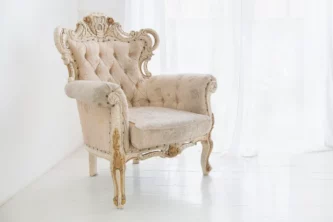
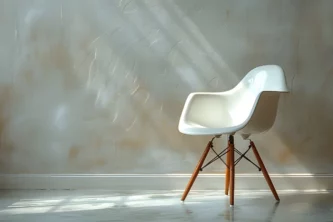
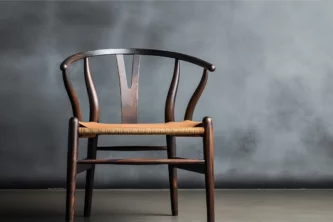
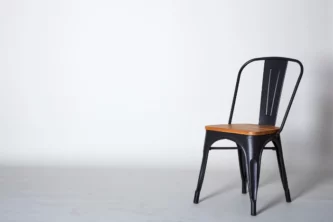
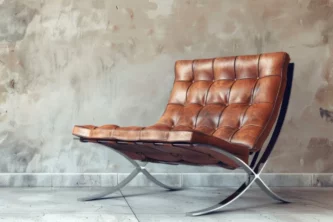
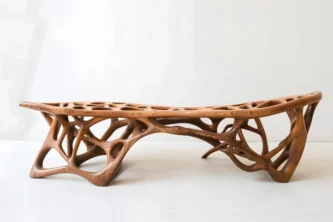
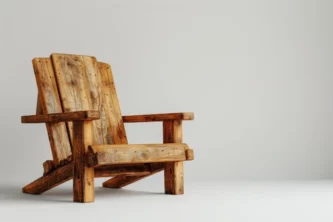
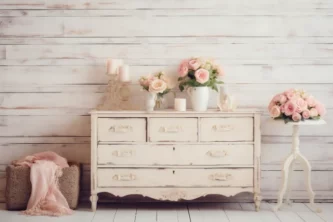
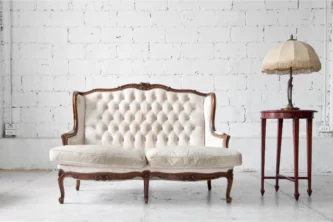




Leave a Reply